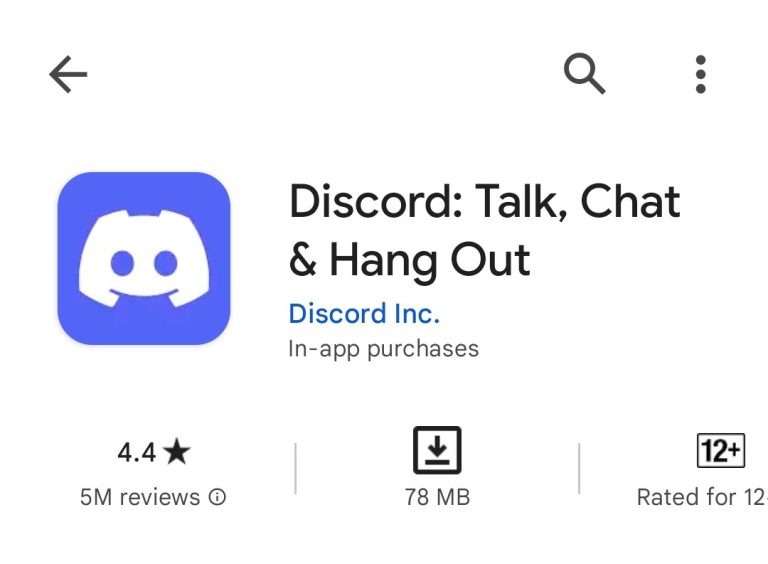How To Increase RPM on YouTube

So, you’ve set up your YouTube channel, created engaging content, but now you’re wondering how to boost your revenue. Well, the magic word here is RPM – Revenue Per Mille, or revenue per thousand impressions. In this guide, we’ll dive into the intricacies of increasing RPM on YouTube and unlocking the potential to earn more from your videos.
Table of Contents
ToggleUnderstanding RPM on YouTube
Before we embark on the journey of increasing RPM, let’s understand what it is. RPM is a key metric on YouTube that represents the estimated earnings a creator can generate for 1,000 monetized playbacks. It’s a crucial indicator of a channel’s financial performance.
Importance of High RPM
Why does RPM matter? Well, a higher RPM means more revenue for you. It’s not just about the number of views; it’s about maximizing earnings from each view. Understanding and optimizing your RPM can significantly impact your overall income from YouTube.
Factors Influencing RPM
1. Video Content Quality
Quality is king. The more engaging and high-quality your content, the more likely viewers are to watch, and the higher your RPM can be.
2. Audience Engagement
Keeping your audience engaged is paramount. High audience retention and interaction can positively influence how YouTube values your content, affecting your RPM.
3. Niche and Target Audience
The niche you’re in and the audience you attract play a significant role. Some niches naturally have higher RPMs due to the competition and demand for ads in those spaces.
4. Video Length and Ad Placement
The length of your videos and the strategic placement of ads impact RPM. Longer videos with well-placed ads can potentially increase earnings.
Strategies to Increase RPM
1. Optimize Video Titles and Descriptions
Craft compelling titles and descriptions. This not only attracts viewers but also helps in better ad targeting, potentially increasing your RPM.
2. Improve Thumbnail Quality
A picture is worth a thousand words, and a great thumbnail can significantly increase click-through rates, positively affecting RPM.
3. Enhance Viewer Retention
Keeping viewers on your videos longer is key. Create content that retains interest, as YouTube rewards higher retention with better ad placements.
4. Diversify Revenue Streams
Explore multiple revenue streams. Besides ads, consider channel memberships, merchandise, or sponsorships to supplement your income.
Experimentation and Monitoring
1. A/B Testing with Ads
Experiment with different ad formats and placements. A/B testing can help identify what works best for your audience and content.
2. Regular Analytics Review
Keep a close eye on YouTube Analytics. Understand which videos perform well in terms of RPM and replicate successful strategies.
Time and Consistency
1. Building a Sustainable Audience
Increasing RPM isn’t an overnight success. Consistency in producing quality content builds a loyal audience, contributing to higher RPM over time.
2. Long-Term Growth vs. Quick Fixes
Avoid falling for quick fixes. Building sustainable growth leads to a more engaged audience, resulting in better RPM in the long run.
Conclusion
In conclusion, increasing RPM on YouTube is a combination of strategic planning, content optimization, and audience engagement. By implementing the strategies mentioned and being patient, you can steadily enhance your RPM, ultimately leading to increased revenue from your YouTube endeavors.
FAQs
Q1. How long does it take to see an increase in RPM on YouTube?
The timeline varies, but it’s generally a gradual process. Consistently applying optimization strategies can yield positive results over a few months.
Q2. Can I control the ads shown on my videos to improve RPM?
To a certain extent. You can enable or disable certain ad formats, but YouTube’s algorithm determines the specific ads shown.
Q3. Does the RPM vary for different types of content on YouTube?
Yes, RPM can vary based on your content niche. Some niches attract higher-paying ads, leading to a higher RPM.
Q4. What role does audience geography play in RPM?
Audience geography matters. Advertisers may pay differently based on the location of your viewers, impacting your RPM.
Q5. Are there any tools or platforms to help track and optimize RPM?
YouTube Analytics is a powerful tool for tracking RPM. Additionally, third-party tools like Google AdSense can provide insights and optimization suggestions.





